Idrw Team
SOURCE: IDRW.ORG TEAM
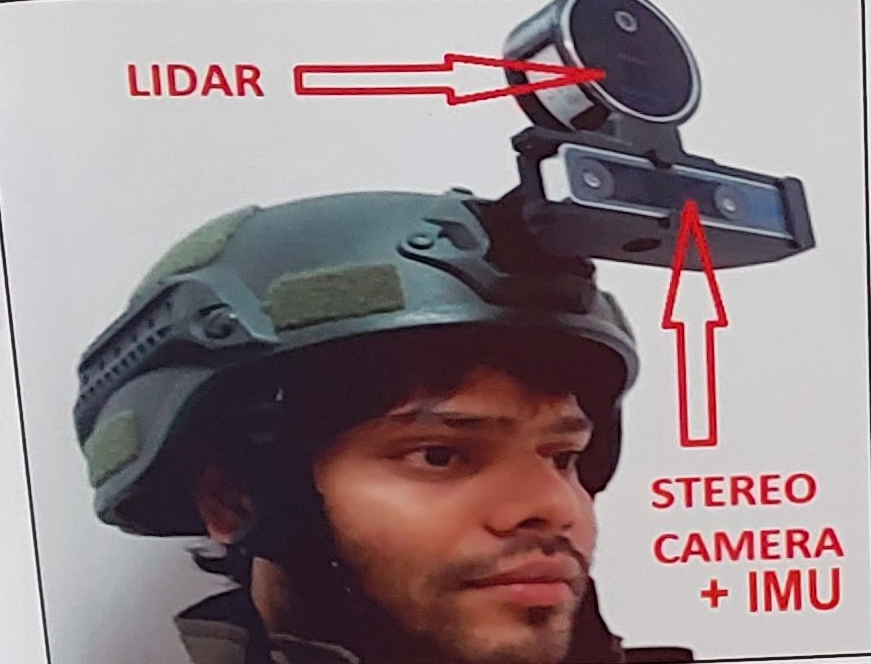
The future of warfare is here, and it’s smarter than ever. India’s Defence Research and Development Organisation (DRDO) is at the forefront of this revolution with its groundbreaking Internet of BattleField Things (IoBT) technology. This cutting-edge system, spearheaded by the prestigious Centre for Artificial Intelligence and Robotics (CAIR), promises to transform battlefield awareness and empower soldiers with unprecedented situational intelligence.
Imagine a soldier equipped with a helmet that not only protects their head but also acts as a digital brain, providing real-time tactical information and tracking enemy movements with uncanny accuracy. DRDO’s IoBT makes this a reality with its Smart Helmet. This helmet boasts an array of sensors and AI algorithms that work together to create a comprehensive picture of the battlefield:
Continue readingSOURCE: IDRW.ORG TEAM

Adani Defence, the company that recently delivered the first Drishti-10 drones (Hermes 900) Medium Altitude Long Endurance (MALE) Unmanned Aerial Vehicles (UAVs) to the Indian Navy, is making significant strides in enhancing the indigenous content levels of these UAVs. With plans to increase the current indigenization content from 70 percent to an impressive 80-90 percent in the next few years, Adani Defence is positioning itself as a key player in the domestic and global UAV manufacturing landscape.
The delivery of the Drishti-10 drones marked a milestone for Adani Defence, showcasing its capabilities in providing cutting-edge technology to the Indian Navy. The Medium Altitude Long Endurance UAVs, based on the Hermes 900 platform, have garnered attention not only for their performance but also for the significant contribution to indigenous manufacturing.
Continue readingSOURCE: IDRW.ORG TEAM
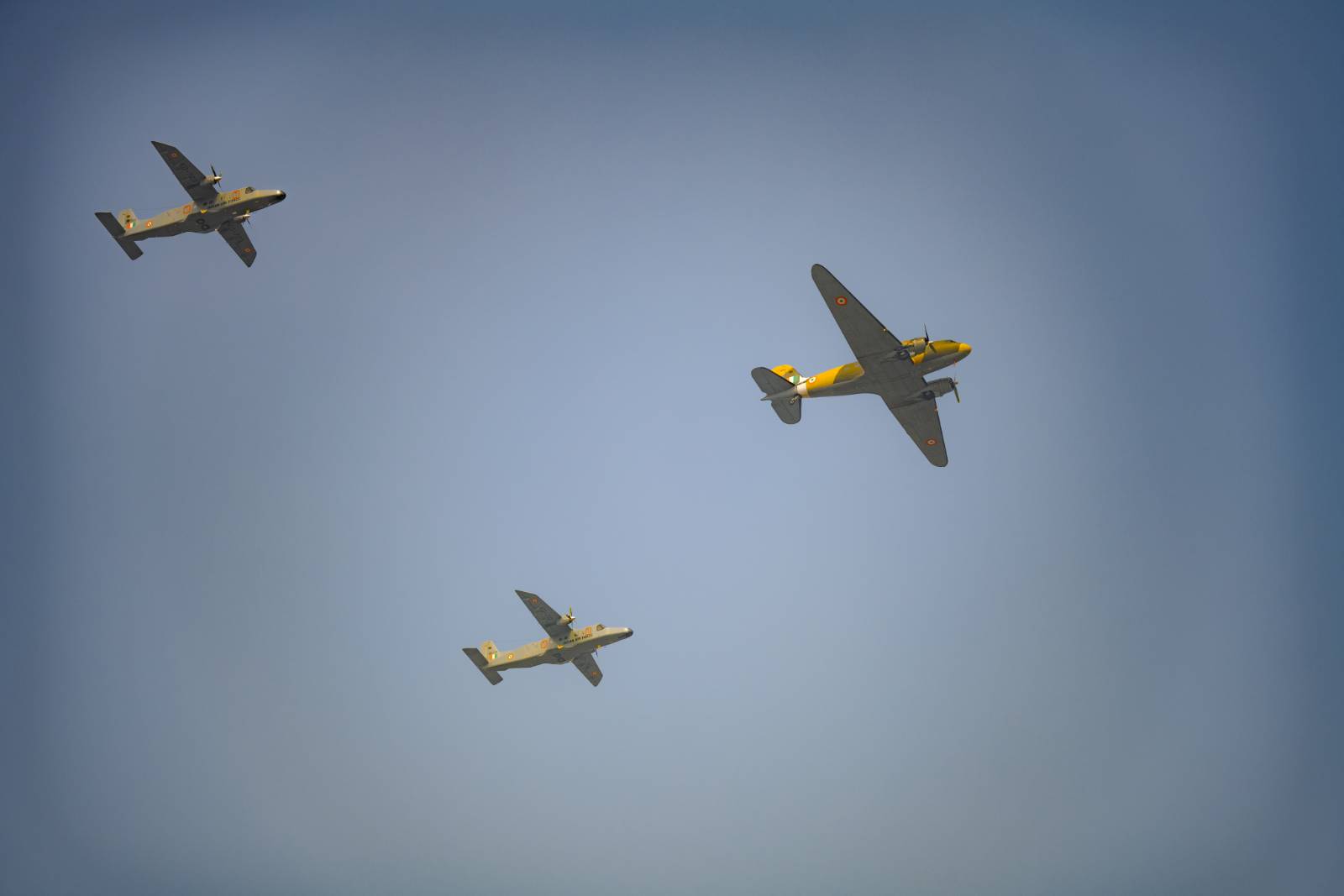
This Republic Day, the Indian Air Force (IAF) will take to the skies with a unique formation that seamlessly blends the past, present, and future of Indian aviation. The “Tangail” formation, named after the historic airstrip in Bangladesh, will showcase a legendary aircraft alongside two modern jets embracing a sustainable future.
At the heart of the formation will be the venerable Douglas DC-3 Dakota. Affectionately nicknamed the “Gooney Bird,” this iconic transport aircraft served as the workhorse of the IAF for over six decades, playing a crucial role in wartime missions and peacetime operations. Its distinctive silhouette, now a symbol of Indian aviation history, will once again grace the Republic Day skies, evoking memories of its illustrious service.
Continue readingSOURCE: IDRW.ORG TEAM
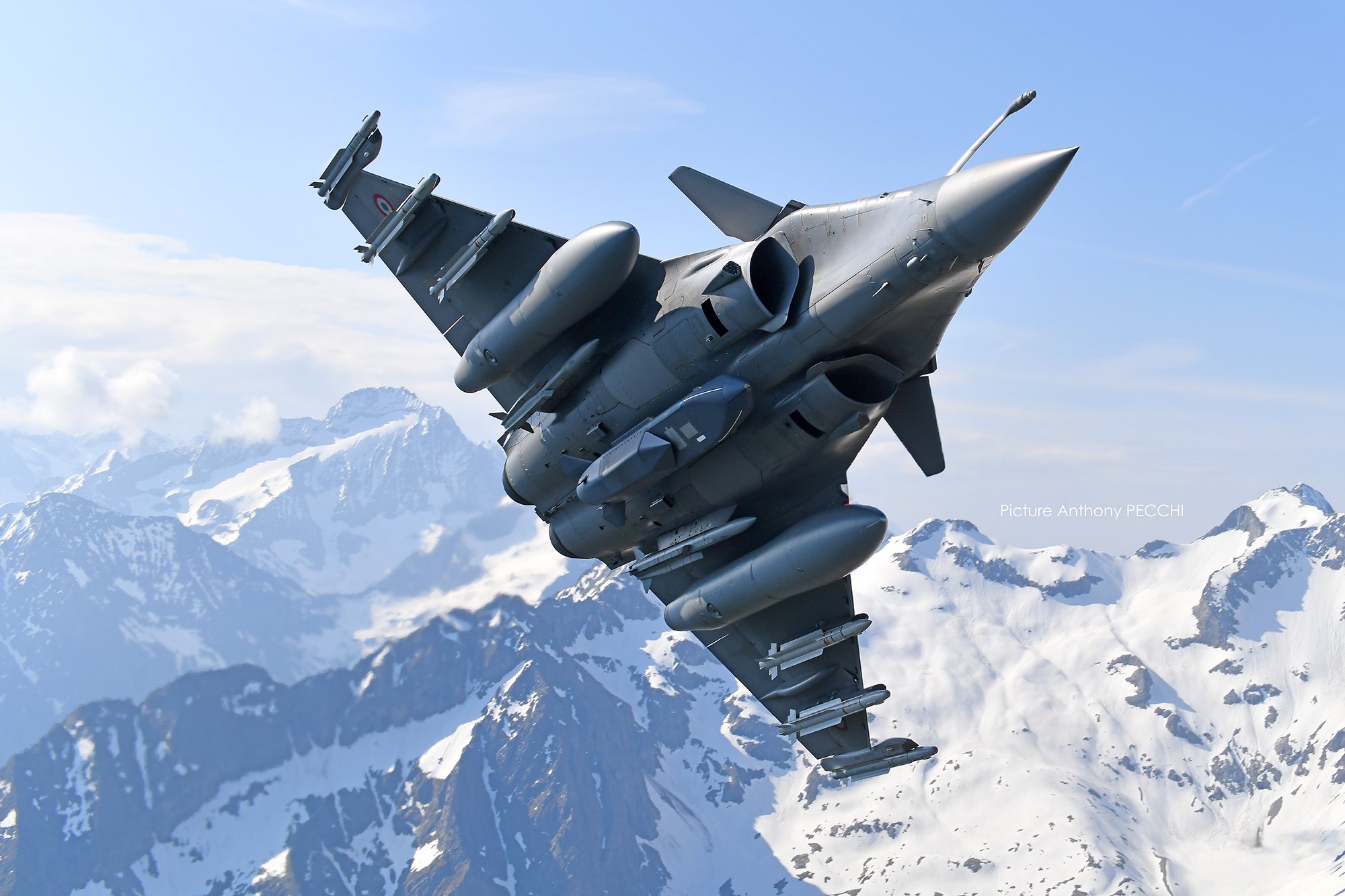
The skies are heating up! MBDA, a European missile giant, is gearing up for the next leg in the Beyond Visual Range Air-to-Air Missile (BVRAAM) race with its MICA Next Generation (MICA-NG). This ambitious project promises to bridge the gap between existing technologies, offering operators like India’s Rafale fighter jets a potent new weapon in their arsenal.
Current MICA missiles, available in both infrared (IR) and radio frequency (RF) variants, fall short of the expected range for modern BVRAAMs, maxing out at 80 km. While the ultra-long-range Meteor reigns supreme with its 200+ km reach, its hefty price tag makes it a costly option. MICA-NG aims to strike a balance, delivering a whopping 160 km range at a significantly lower price point.
Continue readingSOURCE: IDRW.ORG TEAM
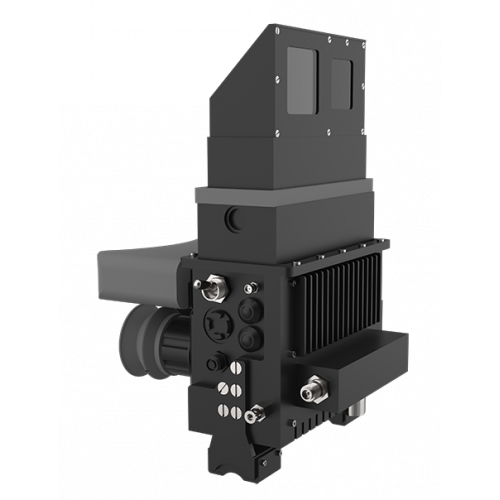
The Ministry of Defence (MoD) of India is embarking on a major initiative to improve the nighttime operational capabilities of its armored vehicles. They are seeking to procure approximately 2500 Thermal Imager (TI)-based Driver Night Sights (DNS) for three different platforms: BMP-2/2K Infantry Fighting Vehicles, Armoured Ambulance Tracked (AAT) vehicles, and Carrier Mortar Tracked (CMT) vehicles.
The procurement plan emphasizes self-reliance, aligning with the “Make in India” and “Atmanirbhar Bharat” programs. This implies that the TI-based DNS systems must be manufactured within India, fostering domestic capability development in this critical defense technology sector.
Continue readingSOURCE: IDRW.ORG TEAM

Engine Factory Avadi (EFA), a pillar of India’s military might, has achieved a landmark feat: 100% indigenization of the UTD 20 engine, powering the backbone of India’s armored fleet – the BMP infantry combat vehicles and other battle support vehicles. This accomplishment marks a significant stride towards self-reliance in critical defense technology.
The UTD 20 engine is a potent workhorse, delivering the muscle needed for these versatile combat vehicles to navigate challenging terrain and engage in intense operations. Its robust design and reliable performance have been proven under demanding conditions, making it a trusted asset for the Indian Army.
Continue readingSOURCE: IDRW.ORG TEAM

The Indian Army’s dedication to self-reliance and cutting-edge technology was recently on display with the showcasing of the Army Design Bureau’s latest innovation: the Multipurpose Octocopter. This versatile drone, a testament to the in-house research and development efforts of the Indian Army, promises to revolutionize battlefield operations in a variety of ways.
Soaring above the challenges of high-altitude terrains, the Multipurpose Octocopter boasts an impressive payload capacity of 25 kg, making it ideal for delivering essential supplies to forward posts located in remote and treacherous areas. This capability can significantly improve the lives of soldiers stationed at these critical outposts, ensuring they have the resources they need to perform their duties effectively.
Continue readingSOURCE: IDRW.ORG TEAM

The Ethiopian Air Force has recently received two Sukhoi Su-30 fighter jets, marking a significant addition to its military power. While the acquisition brings much-needed fighter jets to the Ethiopian force, experts have raised concerns about the age and capabilities of the aircraft.
According to African Defence Experts, the two Su-30s are likely variants of the Su-30K originally built for the Indian Air Force (IAF). These early-model Su-30Ks were eventually sold back to Russia in 2007 as the IAF upgraded to the more advanced Su-30MKI.
Continue readingSOURCE: IDRW.ORG TEAM

The Indian government finds itself at a crossroads in its quest to boost its domestic aviation industry. With the world’s fastest-growing air travel market, the need for efficient and affordable regional connectivity is paramount. Two tempting propositions lie on the table: locally manufacturing the Russian Sukhoi Superjet 100 or the Brazilian Embraer SA’s small narrow-body jets.
However, the allure of domestic jet production is tempered by the undeniable dominance of Airbus and Boeing. Securing their commitment to set up local assembly lines remains a challenge, despite the mega orders placed by Indian private airlines.
Continue readingSOURCE: IDRW.ORG TEAM
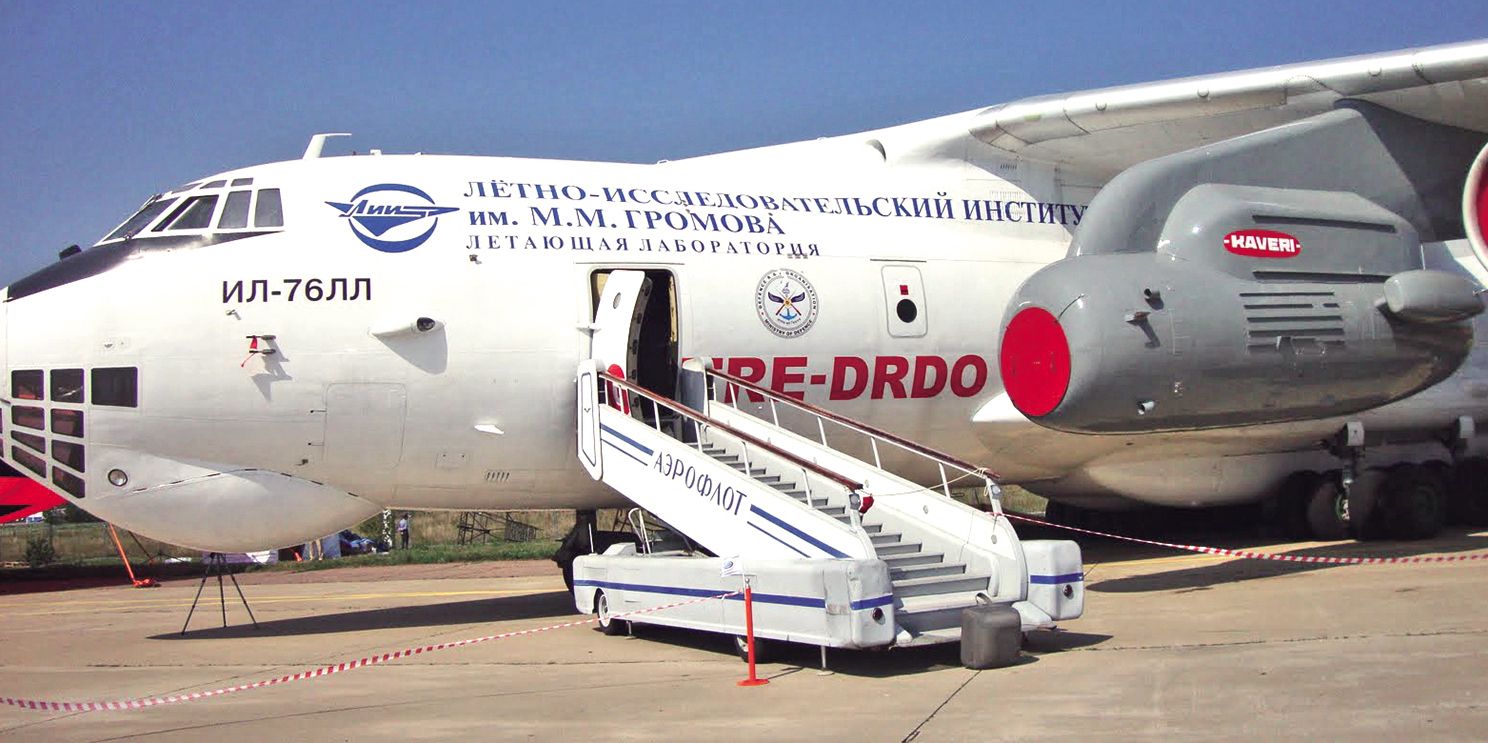
India’s quest for self-reliance in fighter jet technology takes another step forward with the Gas Turbine Research Establishment (GTRE) advocating for a domestically-developed Flying Test Bed (FTB) to test the new 6th generation engine for the 5th gen AMCA program. This proposal comes after previous attempts to acquire international platforms faced roadblocks.
In the mid-2000s, GTRE sought a modified IL-76 from Russia for the Kaveri engine program but eventually used a Russian-owned IL-76 for testing due to refusal from the supplier. Later, a proposal for a MiG-29A as a test bed for the original Kaveri engine was rejected by the Ministry of Defence (MoD) due to safety concerns and the engine’s unpreparedness for testing on a twin-engine platform.
Continue readingSOURCE: IDRW.ORG TEAM

The Indian armed forces are gearing up for two separate missile tests along the country’s western and eastern coasts, raising eyebrows and sparking speculation about the nature of the upcoming trials.
The first test, scheduled for January 22-23, 2024, will take place in a designated area 240 kilometers off the coast of Karwar in the Arabian Sea. A Notice to Airmen (NOTAM) issued by Indian authorities indicates a ship-based launch, suggesting the test could involve the BrahMos, a potent, Supersonic cruise missile jointly developed by India and Russia. The BrahMos has seen extensive testing and deployment with the Indian Navy and Army, and this latest launch could be aimed at further refining its capabilities or exploring new launch platforms.
Continue readingSOURCE: IDRW.ORG TEAM
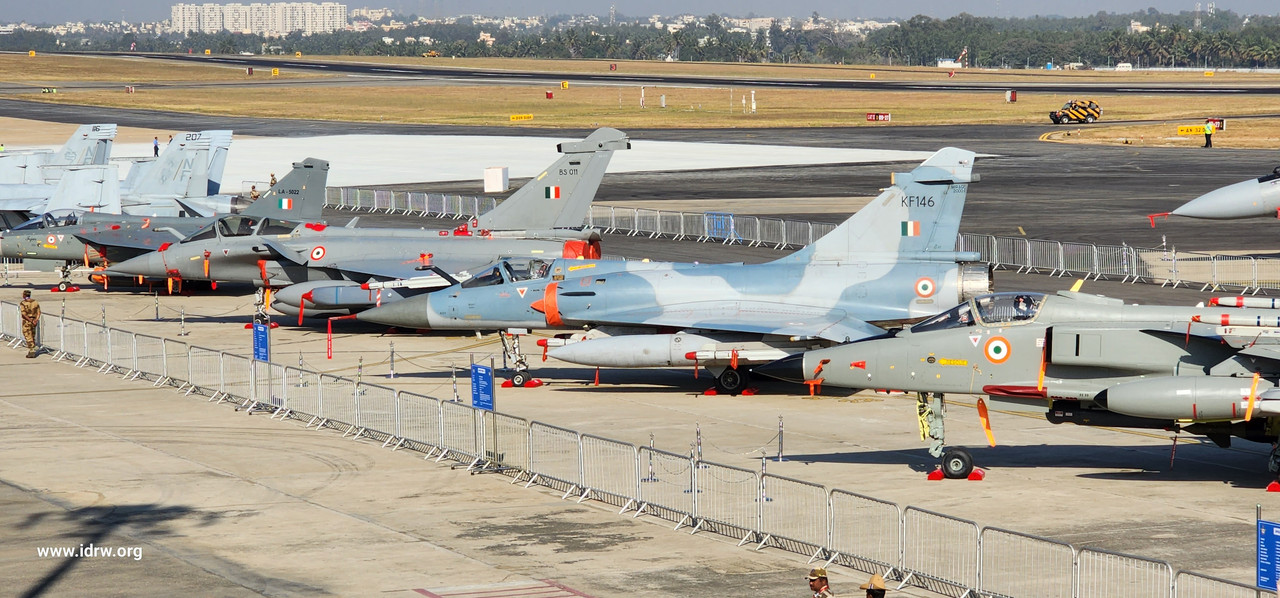
In a recent development, a senior-ranking official from the Indian Air Force (IAF) has indicated idrw.org a preference for a Government-to-Government (G2G) deal for the procurement of additional French Dassault Rafale fighter jets. The suggestion comes amid concerns over the lengthy and intricate process of tendering, as witnessed in the MRCA (Medium Multi-Role Combat Aircraft) tender that spanned nearly a decade before being scrapped. The IAF’s urgent need to augment its combat strength, coupled with considerations of efficiency, has prompted this proposition.
The MRCA tender process, initiated to address the IAF’s requirement for medium multi-role combat aircraft, faced protracted delays and complications, ultimately leading to its abandonment. In response to the critical need for bolstering the IAF’s fighter jet capabilities, the Ministry of Defence (MoD) opted for an Emergency Purchase of 36 Rafale fighter jets from Dassault. While this decision helped alleviate immediate concerns, it underscored the urgency for a more efficient and streamlined procurement approach.
Continue readingSOURCE: IDRW.ORG TEAM

In a significant development for India’s quest for self-reliance in defense technology, Engine Factory Avadi (EFA) has successfully repaired the engine of an Arjun Main Battle Tank (MBT) indigenously. This milestone achievement was witnessed by Dr. Samir V Kamat, Secretary/Department of Defence R&D and Chairman DRDO, during his recent visit to the facility on January 7, 2024.
The Arjun tank, currently the backbone of India’s armored warfare capabilities, is powered by the MTU 838 Ka-501 engine, manufactured by MTU Friedrichshafen GmbH of Germany. EFA, a unit of AVNL, took on the challenging task of repairing this complex engine without relying on OEM support, showcasing India’s growing expertise in this critical area.
Continue readingSOURCE: IDRW.ORG TEAM

Nestled within the hallowed halls of IIT Madras, a revolution is brewing. Aerostrovilos Energy, a young startup brimming with innovation, is on a mission to write India’s name in the annals of gas turbine engineering. Their audacious goal: to build the country’s first indigenous micro gas turbine for power generation.
While gas turbines traditionally power airplanes and generate megawatts of electricity, Aerostrovilos is charting a new course. Their focus is on micro gas turbines, compact marvels generating power in the range of tens to low hundreds of kilowatts. This opens up a world of possibilities, from electrifying remote villages to powering distributed grids and even fueling heavy-duty trucks.
Continue readingSOURCE: IDRW.ORG TEAM

Hindustan Aeronautics Limited (HAL), India’s leading aerospace and defense company, is set to take center stage at Wings India 2024, showcasing its indigenous civil aviation platforms – the Hindustan-228 aircraft and the civil variant of the ALH Dhruv helicopter. This prestigious event, held at Begumpet Airport, Hyderabad from January 18-21, 2024, provides a platform for HAL to highlight its commitment to strengthening India’s domestic civil aviation industry.
The Hindustan-228, a 19-seater turboprop aircraft, is designed specifically for regional connectivity and challenging routes. Its robust design, high fuel efficiency, and short take-off and landing capabilities make it ideal for connecting smaller towns and cities with limited airport infrastructure. At Wings India, HAL will showcase the aircraft’s potential for promoting regional economic growth and enhancing accessibility for remote communities.
Continue reading